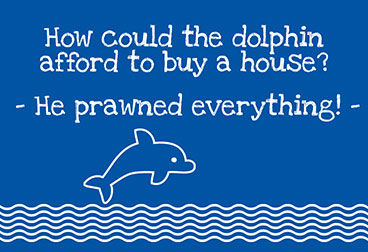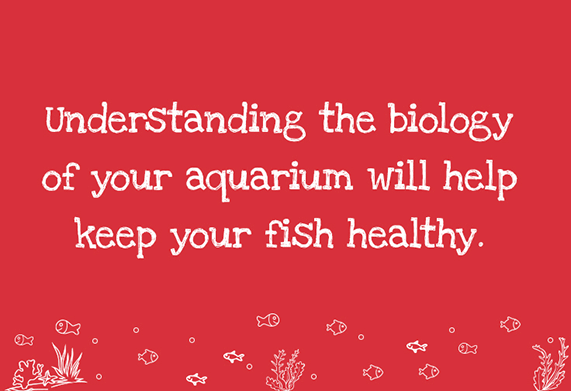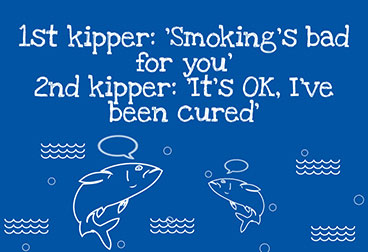How to Treat White Spot or Ich in fish
White spot disease, commonly known as Ich (Ichthyophthirius multifiliis), is a parasitic infection that can affect both freshwater and marine fish species. It’s a common problem in aquariums and can lead to complications or even death if not addressed promptly
You will notice the fish has a problem when little white specs become visible. They can appear anywhere on the body, fins or tail and look like a sprinkling of salt or sugar grains.
How do I treat White Spot?
- If left untreated, white spot can be deadly for your fish. But not to worry, you can treat your infected fish in a few steps:
- Treat your aquarium using Anti White Spot Plus; a treatment formulated specifically for killing white spot.
- Use the dosage calculator to accurately dose your aquarium volume.
- Follow the repeat dose instructions as these are crucial to effectiveness.
- You can also help your fish during the treatment of white spot by using Aquilibrium First Aid Salt which reduces fish stress. Fish use a lot of energy matching their body salinity to the water around them – known as osmoregulation.
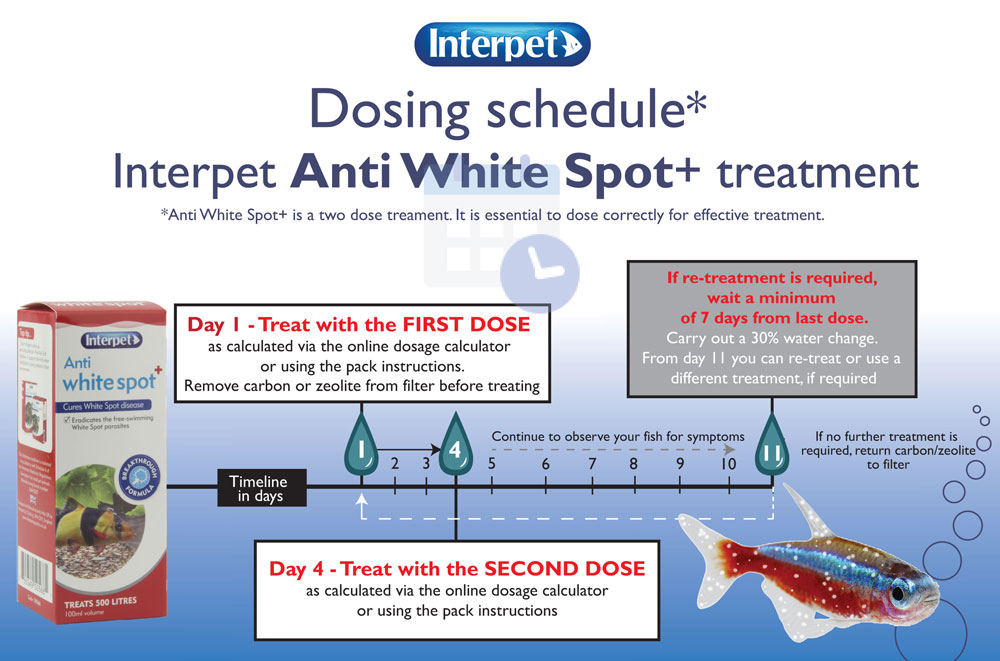
Adding a supportive dose of tonic salts means your fish don’t have to use their energy reserves on this process and, instead, can fight infection and get back to good health. Find out more about using tonic salts to support fish health in a freshwater aquarium
Understanding and treating White Spot (Ich) in aquarium fish
Often referred to as Ich or Ick, White spot disease is caused by the Ichyophirius parasite. Small numbers of parasites are naturally present in aquariums and are controlled by the fishes’ immune system. However, if your fish are weakened by stress (read more about fish stress here), the parasites take advantage. They increase in quantity until they reach dangerous numbers that can kill your fish.
The white spots on the fish are the mature stage of the parasites’ life cycle. The parasites create a home for themselves below the skin, so they’re protected as they feed.

White spots are typically 1mm in diameter, but if a fish is heavily infected these parasites cluster together giving the appearance of large white patches.
Understandably, white spot aggravates the fish, and they may scratch themselves on rocks or shimmy in the water to relieve their discomfort. Scratching can break the skin which may lead to secondary bacterial or fungal infections, so prompt treatment is essential.
After the parasites have stopped feeding from the fish, they break through the skin and drop to the bottom of the aquarium where they reproduce in a small cyst. When the cysts are ready, they burst open and release many new parasites into the water. The new parasites swim about until they find a fish to attach to and feed on, starting the cycle again. If they don’t find a host within a few days, they die. The ‘swimming’ stage of the lifecycle is important in the treatment of white spot as this is when they are vulnerable and medical treatments will affect them.
It’s very important to understand the lifecycle of the parasites so you hit them with a treatment at the correct time (see diagram below).
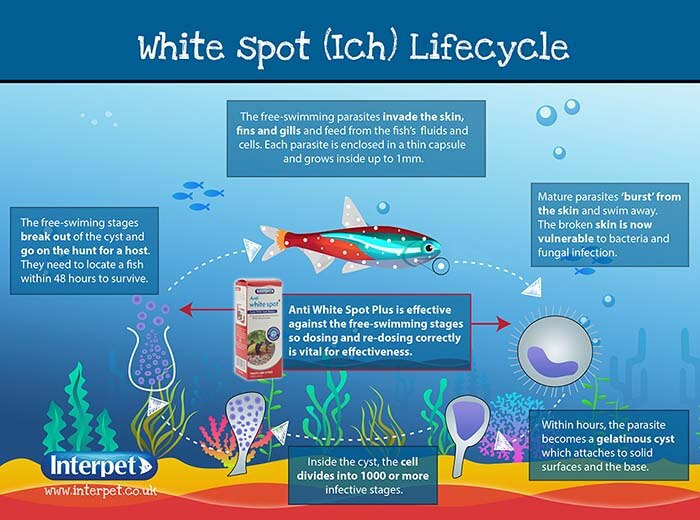
Clinical signs of white spot
The most notable sign of white spot is of course, the presence of small, white spots on the body, fins, and gills of your fish. These spots can be likened to grains of salt and may range from a few to several dozen, depending on the severity of the infestation.
When fish are heavily infected, these spots can cluster, creating larger patches that are visually alarming.
Sick fish often exhibit changes in behaviour as they attempt to alleviate their discomfort. Look for signs such as:
Loss of Appetite: Fish suffering from Ich often refuse to eat, showing a notable decrease in their usual foraging behaviours.
White Spots: Small, white cysts appear on the fins, gills, and body of the infected fish, resembling grains of salt.
Behavioural Changes: Affected fish may exhibit signs of distress, such as scratching against objects in the aquarium or rubbing their bodies against the substrate.
Rapid Gilling: Fish may show increased gill movement or stress breathing as they struggle to get enough oxygen.
Lethargy: Infected fish may appear more lethargic than usual, spending less time swimming and more time resting at the bottom or hiding.
How can I prevent ich in my aquarium?
To prevent ich, it is crucial to maintain a stable and healthy environment. The best way to do this is by regularly testing your aquarium water, and monitoring levels of ammonia, nitrites, nitrates, pH, and temperature.
Regular water changes (25% each month) are also essential to keep the water clean and reduce stress on the fish.
Overcrowding your aquarium can also increase stress levels among fish, making them more susceptible to infection. Be mindful of your tank’s capacity and the specific needs of your fish species to ensure they have enough space to thrive.
Can white spot go away on its own?
In some cases, ich may resolve on its own if in fish that are strong and healthy enough to withstand the stress of the infection. This can occur when the fish’s immune system is capable of fighting off the parasites. However, relying on the fish to recover on its own is dangerous and potentially life-threatening if their condition gets worse.
How long does white spot take to kill fish?
White spot doesn’t kill fish immediately (unless their immune system is compromised), instead, the disease progresses. If left untreated white spot can kill fish within a few days. Worse still, the parasite can spread to other fish. You may need to quarantine infected fish to prevent spreading.
